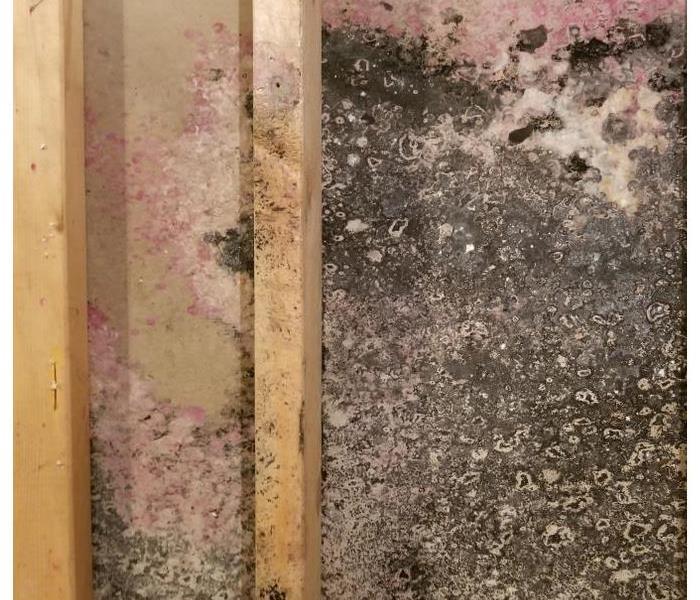Hidden Mold Locations in Commercial Facilities
1/26/2021 (Permalink)
Inspect The Following Locations
Mold growth does not always occur in obvious places. All the fungus needs is a dark and moist surface with organic nutrients. Unfortunately, most parts of a facility include these ingredients. You should thus regularly check your Hulmeville, PA, property for signs of the fungus. Mold commonly appears in the below areas, so be sure to inspect these locations vigilantly.
1. Wallboard
A flood or leak can quickly soak the wallboard in your building. Even condensation can create the moisture that encourages the spread of mold. If you remove the excess water in your building within two days, you may be able to salvage the wallboard. However, if the water physically damaged the wallboard, you will have to discard it.
2. Paper
You probably have storage rooms full of paper documents. Perhaps the paper is piled up in your hallway or closet, as well. Many of these locations feature the high humidity that mold loves. A leak that soaks these papers could cause mold growth, as well.
Any papers that have been wet for more than 48 hours may require professional drying and cleaning. Papers that were exposed to the water for two days or fewer should be dried and photocopied before you discard them.
3. Ceiling Tiles
The tiles in your ceiling are fairly porous. This means they absorb the dirt and moisture that mold needs to grow. During your inspection, pay special attention to the tiles above HVAC vents. They often accumulate more moisture since they are in a humid part of the building.
Tiles may also sustain water damage following a roof or pipe leak. Stains are evidence that the tiles have gotten wet. Any stains that you discover during your inspection should be investigated right away.
If you find even a small amount of mold on your property, call restoration and cleanup professionals immediately. They can clean the affected areas and help prevent future mold growth.






 24/7 Emergency Service
24/7 Emergency Service